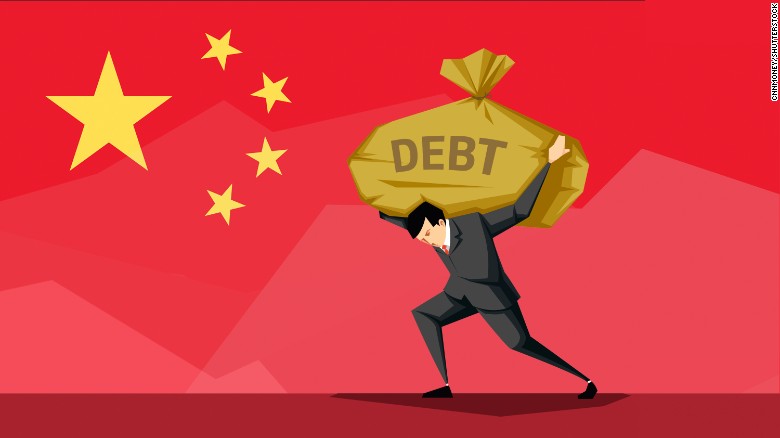
To offset a looming cash crisis relating to ballooning debt, the government has resorted to yet another syndicated loan to offset part of the Sh1.4 trillion due this year.
Details that have emerged indicate that the government has borrowed a Sh100 billion syndicated loan with two regional banks as it seeks to repay the Eurobond it took three years ago.

The two banks are Eastern and Southern African Trade and Development Bank (TDB) formerly PTA bank and Standard Chartered. Kenya is expected to repay debts amounting to Sh1.4 trillion between January and December 2019, pointing to a looming cash crisis. The total debt stood at 5.3 trillion as at June last year, up from 4.4 trillion the previous year.
This means that for every Sh100 that hits the Government coffers through taxes, loans and grants, Sh95 will be forked out to creditors, leaving the Treasury with only Sh5 to run the Government – pay salaries, run hospitals and schools, build roads and dams and release funds to the counties.

According to the 2019 Medium Term Debt Management Strategy, debt maturing within a year has increased significantly, putting a strain on Kenya’s dwindling revenues. In the period between January and December 2018, only Sh54 for every Sh100 mobilised went to creditors as debt repayment.

In the first three months of the current financial year ending June, more than half of the 47 counties did not put even a single cent into development activities, with the chairperson of the Council of Governors and Kakamega Governor Wycliffe Oparanya insisting that it is part of Treasury’s wider scheme to consolidate funds. “It’s like we are being micro-managed from Nairobi,” said Mr Oparanya.
The Treasury, however, insists that county chiefs have refused to be accountable for their spending, with most of them failing to upload their development projects in the public information procurement portal. But Oparanya insists that they have been uploading all their development tenders on the portal.

Already, the burden of debt repayment is beginning to show, with the Treasury freezing development spending by State agencies and counties as it strives to honour all its debt obligations and remain in the good books of investors.
Debt repayment, just like remittances for the National Hospital Insurance Fund or National Social Security Fund, is part of the first-charge expenditure, meaning the Treasury pays it before it can spend on anything else.